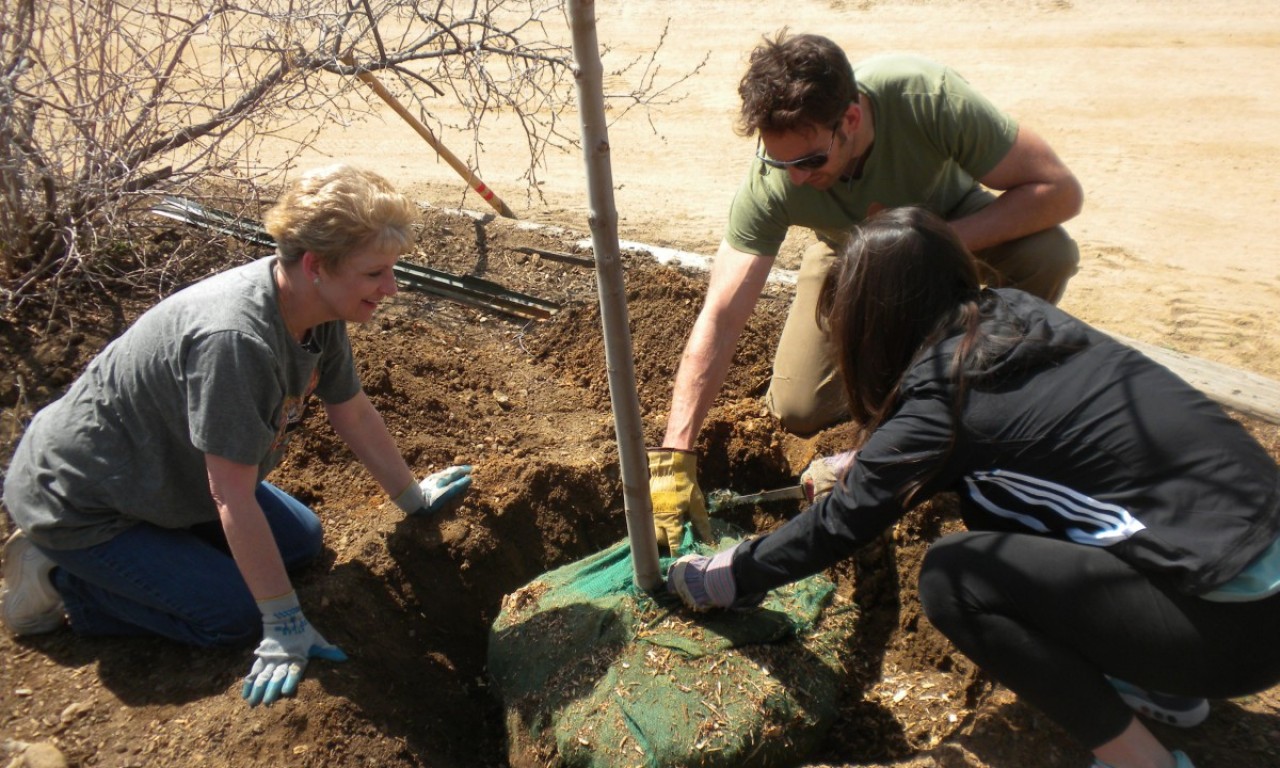The emerald ash borer (EAB) is an invasive insect native to Asia that was introduced into the United States via wood packing material. It was first discovered in Detroit, Michigan, in 2002. The insect has spread throughout the Midwest, making its way into Colorado. It was discovered in the City of Boulder in September 2013. This detection marks the westernmost occurrence of EAB. In Asia, the insect has little impact due to the existence of native predators. However, in the United States, there are no natural predators to regulate the pest and as a result it has killed tens of millions of ash trees in the U.S. and Canada. There are an estimated 98,000 ash trees in the City of Boulder, 43,000 in the City of Longmont, and 1.45 million in the Denver metro area.
Stopping the Spread
The Colorado Department of Agriculture established an emergency quarantine in Boulder County. The quarantine prohibits the movement of all untreated ash tree material out of the quarantine area. This includes, but is not limited to:
- Logs and green lumber
- Nursery stock, scion wood, and bud wood
- Chips and mulch, either composted or uncomposted
- Stumps, roots, and branches
- Firewood of any non-coniferous (hardwood) species
Please refer to the Colorado Department of Agriculture’s EAB website for more information.
Life Cycle
The EAB life cycle takes one year to complete. Adult borers emerge from ash trees from May to August, forming distinct D-shaped exit holes in the bark. They feed on leaves for about two weeks before females lay eggs. Larvae feed under the bark, girdling the tree and cutting off the flow of water and nutrients. Trees are killed within two to four years of the first symptoms. It is possible that an ash tree can be infected with EAB three to four years before visible signs of decline are noticed.
Recognizing EAB
- Sparse or thinning foliage in the upper tree canopy
- Unusual branch sprouting from the trunk, roots or tree base
- Vertical splitting bark
- D-shaped emergence holes on the trunk or branches
- Increased woodpecker activity
- Serpentine feeding galleries (tunnels) under the bark
Dead ash trees infected with EAB decompose quickly, causing limbs to fail and drop. Pesticides can be applied as a control, but are not a cure. Repeated applications will be necessary to protect ash trees from EAB. High-value ash trees may be considered for treatments. Criteria for high-value ash trees may include: large specimen trees, healthy ash that provide shade to a structure, seating area or parking lot, ash adjacent to historical or landmark designations, ash that provide value to the community (such as Pearl Street in Boulder), size and overall health of ash trees.
Management options will take into account all the costs of treatments balanced against the costs associated with death, removal and replacement of ash trees. Parks and Open Space (POS) is currently inventorying and assessing ash trees on all POS properties. So far, 513 trees have been evaluated and cataloged; none have been detected with EAB. Knowing the location and size of ash in our parks will allow us to make informed management and treatment decisions.
Preparing for EAB at the Fairgrounds
The Boulder County Fairgrounds in Longmont has 117 ash trees. This spring, POS planted 20 new young trees in the understory of concentrated rows of ash trees. The goal was to get the trees established prior to the anticipated loss of the ash. POS will hang six to seven baited traps to monitor EAB adult populations around the county. POS will also work with the CSU Extension Service in Longmont to provide community education. You may notice green ribbons attached to ash trees at the county fairgrounds it identifies the tree as an ash and also displays the eabcolorado.com website. We will also continue to assess the health of county ash trees and identify potential infestations. If you suspect your ash may be infected with EAB, contact a licensed certified arborist. You may also request estimates for treatment, removal, and replacement costs. Certified arborists are recognized by the International Society of Arboriculture as individuals trained and knowledgeable in all aspects of tree care.



